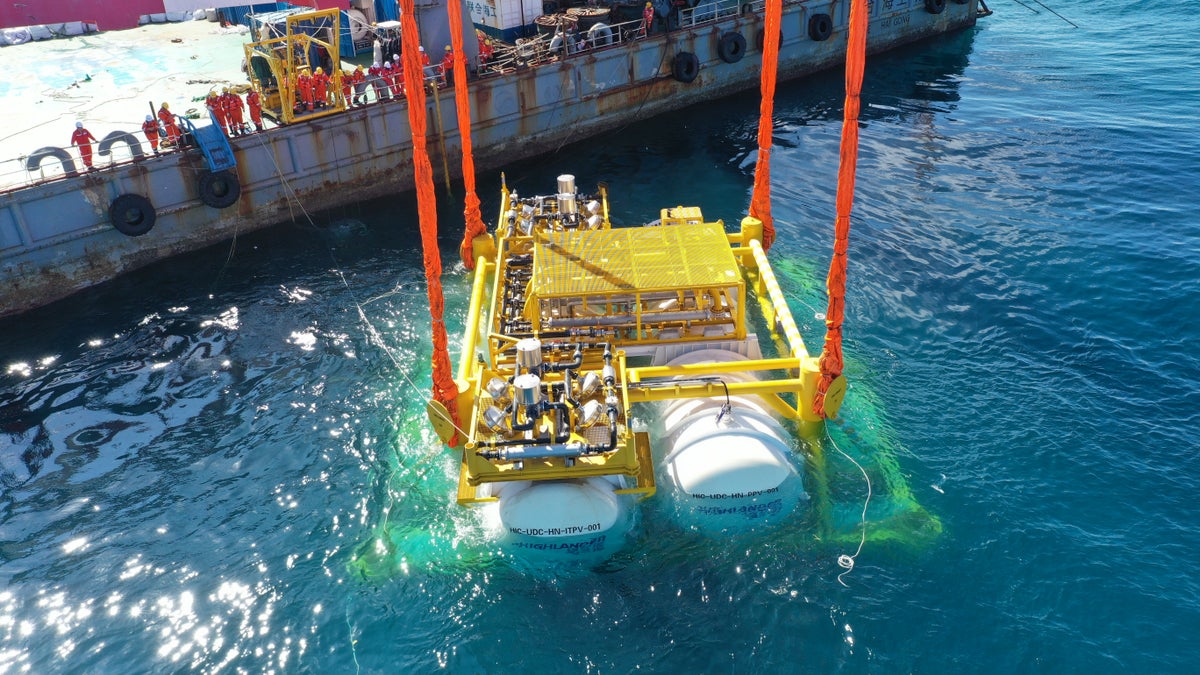Now Reading: China Drives AI Growth with Underwater Data Centers
-
01
China Drives AI Growth with Underwater Data Centers
China Drives AI Growth with Underwater Data Centers

Fast Summary
- China is heavily investing in AI, cloud computing, and digital technology, including the rapid construction of data centers to power these systems.
- Data centers consume meaningful amounts of electricity (40% for cooling alone) and hundreds of thousands of gallons of water daily to manage server heat.
- To address energy and water demands, China is building its first undersea data center near Shanghai, powered by offshore wind. The facility will reportedly use 30% less energy due to natural cooling.
- Phase one will host up to 792 AI-capable servers starting September and is expected to provide computing power equivalent to training GPT-3.5 in a single day.
- This follows Microsoft’s earlier underwater initiative called Project Natick but goes further with larger-scale commercialization efforts supported by the chinese government.
- Environmental criticisms include risks like marine biodiversity harm from localized warming during ocean heatwaves or potential security vulnerabilities from acoustic attacks on undersea systems.
- Other countries like South Korea, Japan, and Singapore are exploring similar projects amid regulatory challenges and ecological concerns.
images included: Artist’s rendering of Shanghai’s underwater data center; Hainan-based installation process; sealed server containers being lowered into the ocean.
Indian Opinion Analysis
China’s pursuit of underwater data centers exemplifies strategic advancements in lasting digital infrastructure while addressing energy-water trade-offs critical for large-scale AI applications globally. for India-a growing hub for IT services-this technological shift could influence domestic policies around green computing as India ramps up its own AI capabilities under initiatives like “AI for Bharat.” Adopting similar innovations may help mitigate water scarcity issues tied to India’s high-demand server hubs located in arid regions such as Hyderabad or Rajasthan.
Crucially though, regulatory frameworks for ecological safety must be robust if underwater solutions are pursued domestically given india’s biodiverse coastal ecosystems’ vulnerability to external stresses-aligned with global best practices evident elsewhere (e.g., studies on thermal impacts). Collaborative research within academia-industry partnerships can accelerate these developments while ensuring sustainability objectives don’t conflict with growth ambitions amidst rising tech competition globally.
India should closely study this trend as it may soon redefine competitive dynamics across Asia-pacific technology markets where environmental constraints increasingly shape industrial viability alongside innovation-led economic pathways.

























